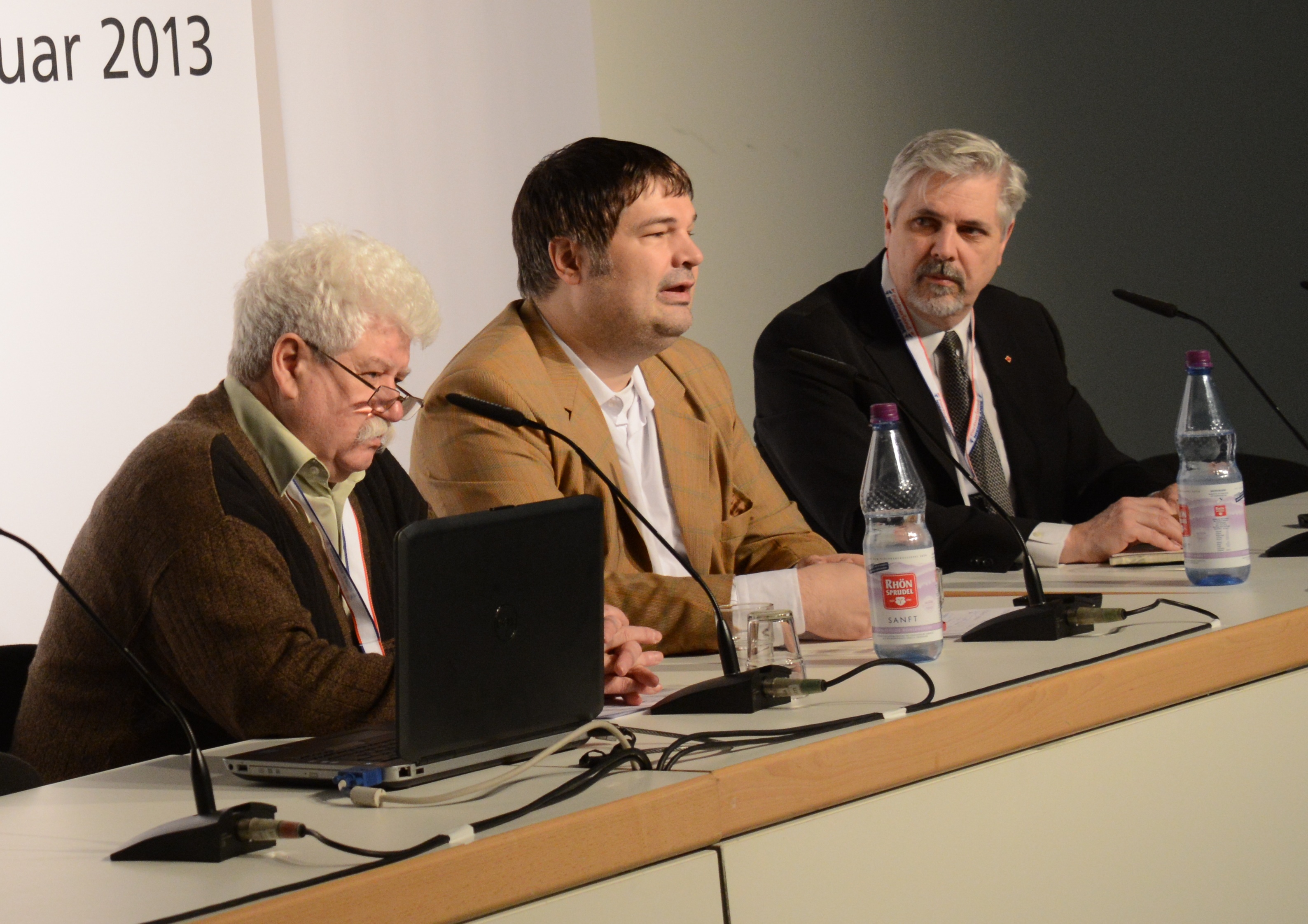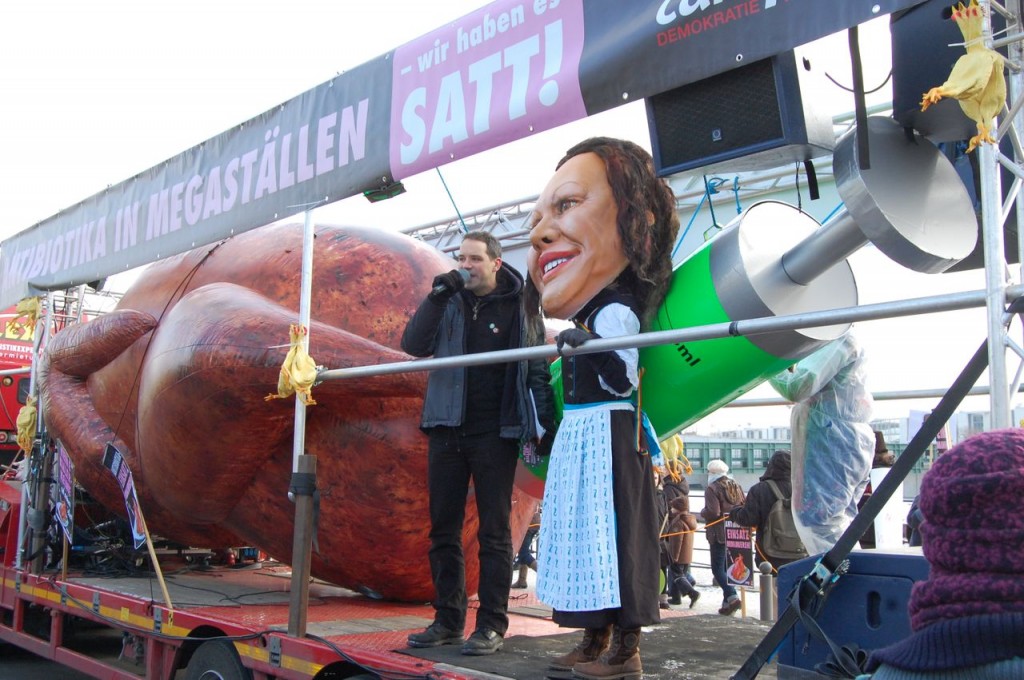People dump on the media when things are reported incorrectly. That’s understandable.
Despite deadline pressures, journalists are supposed to get things right. They go with what they know to be right at the time. That may change as more facts come to light.
But in an era of increasing subjectivity and opinion in the media, do you find it more difficult to determine what’s “right†and what isn’t? Does something seem more right if it matches your own point of view, and less right if it doesn’t? Does it look right if it’s eloquently written by professionals in conventional media, and wrong if it’s emotionally espoused by a blogger through social media?
It’s a conundrum. In my last post, Prof. Ajay Heble, an improvisation researcher at the University of Guelph, spoke of a world where hard positions give way to discussion, where polarized perspectives grow closer through respect, dialogue and listening. In this way, arriving at what’s right might be more of a drawn-out process. But the end result should be more balanced.
The same goes for agriculture. Trying to figure out what’s right is a pressing matter for farmers, and for consumers.
More and more, people are exercising their democratic right to chime in about choices being made for them by the agri-food sector. What people think is increasingly influencing what farmers produce. I’m not sure the sector realizes how much it relies on the public to support what it believes to be “rightâ€â€” the right way to treat animals, the right place to raise them, the right crop protection and production technology to use on the farm.
Given the degree of dependency, the sector puts next to nothing into explaining itself to people. I’ve said before that well-intentioned and effective initiatives do indeed exist. But they’re the small dogs in the fight.
Their counterparts, the big dogs, were out in full force last month at Green Week in Berlin, Germany, at what’s become the world’s largest consumer show for agriculture and food. More than 400,000 people and 4,800 media from 70 countries converged on this 10-day-long show, now in its 87th year of operation, and it just keeps breaking attendance and participation records.
Each year, Green Week hosts the International Federation of Agricultural Journalists executive, which makes it possible for me to take part. This year, I was fortunate to moderate a freedom of the press discussion with a journalist from Ukraine and the director of the South East Europe Media Organization, which is likewise dedicated to press freedom.
As we spoke inside, and as the anti-technology protesters predictably gathered outside for the cameras, it struck me how press freedom in a democracy must still be fiercely guarded.
Protesters want their voices heard, but I’m not so sure they want other dissenting voices aired out, such as those who are pro-technology. They’re quick to jump on anyone who takes that position, which has a bullying effect on people, governments and farmers. A spokesperson for the German crop protection industry told me “green†groups’ success in raising and maintaining fear in the public over genetically modified plants has made governments reluctant to allow such crops to be grown inside their borders, and muted farmers’ interest in them.
When that happens, the public is left wondering what’s right, and what isn’t.
To me, talking is right. Shouting and intimidation are not. When it comes to food and agriculture, the media has a vital role in helping all peoples’ voices be heard and in presenting balanced stories. It’s heard from protesters; now it’s waiting for farmers and others to pick up the phone.
This column originally appeared in the Guelph Mercury Monday, February 4.



